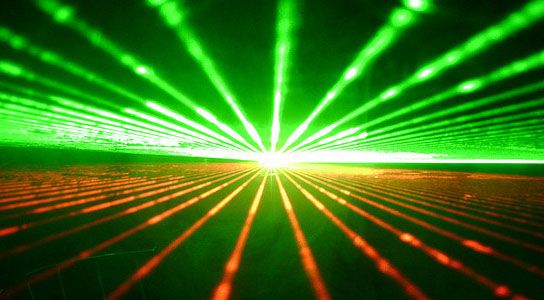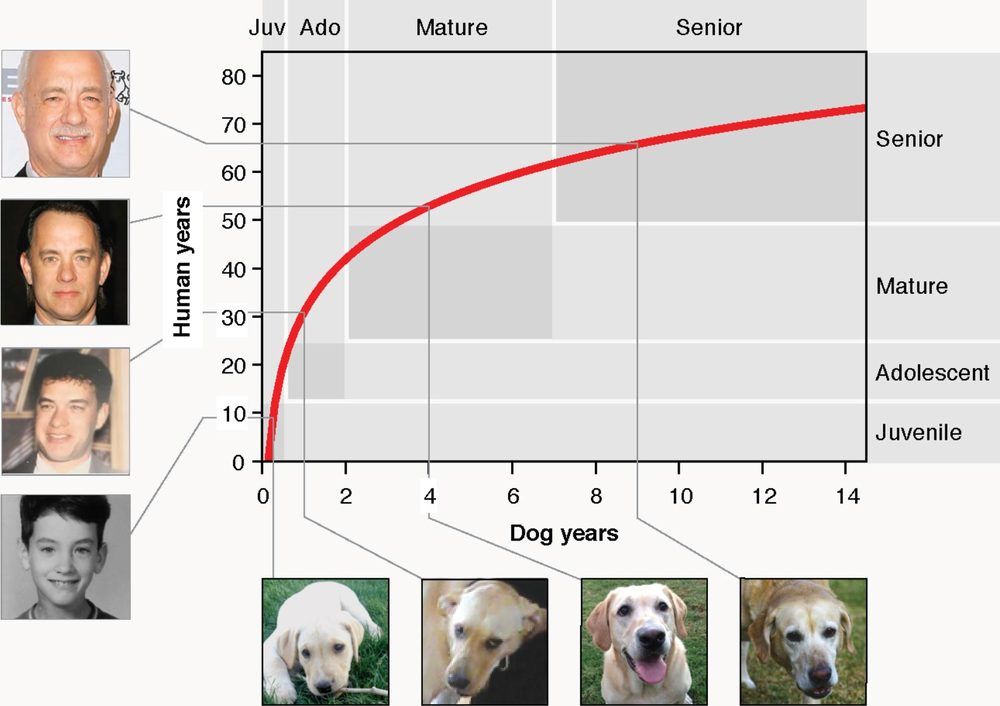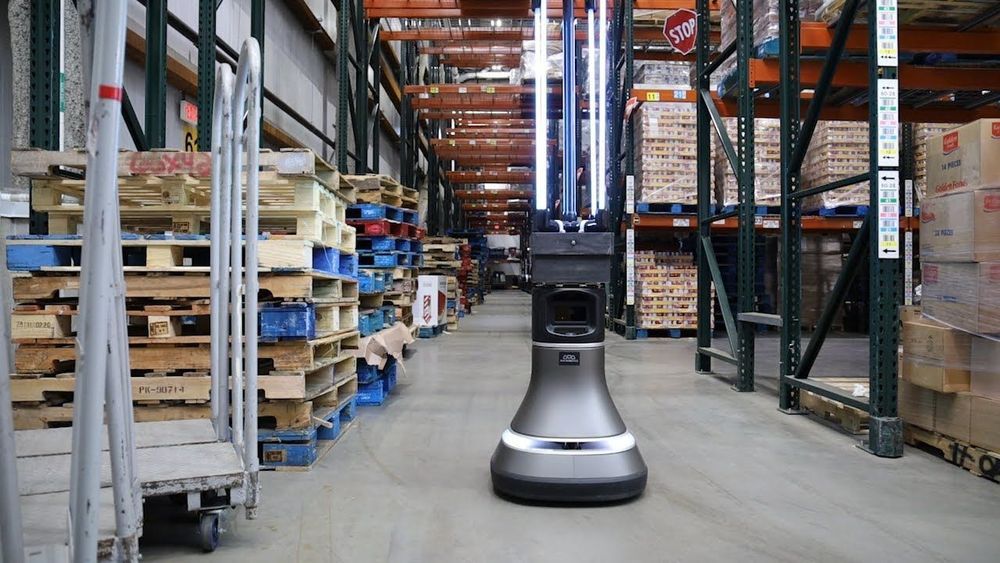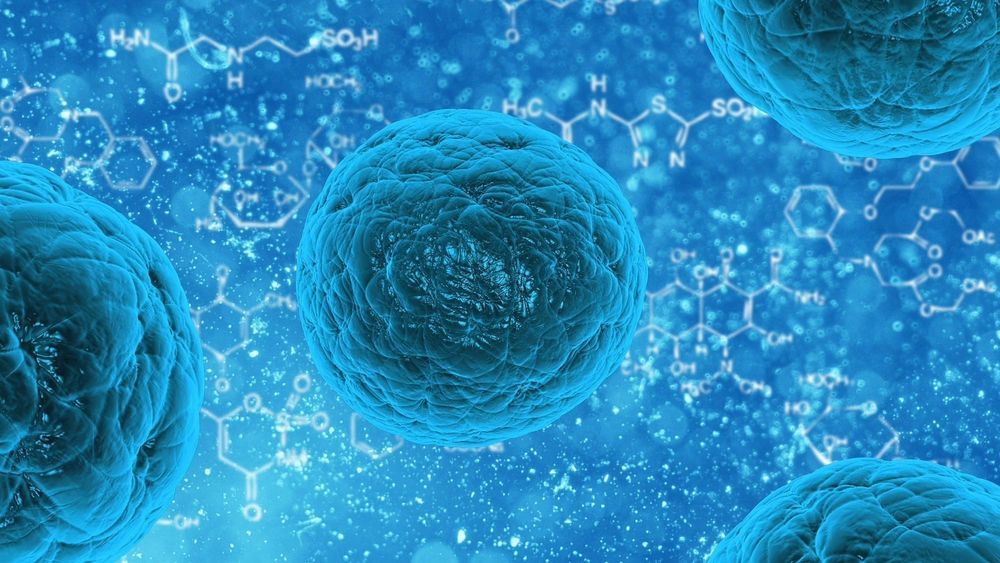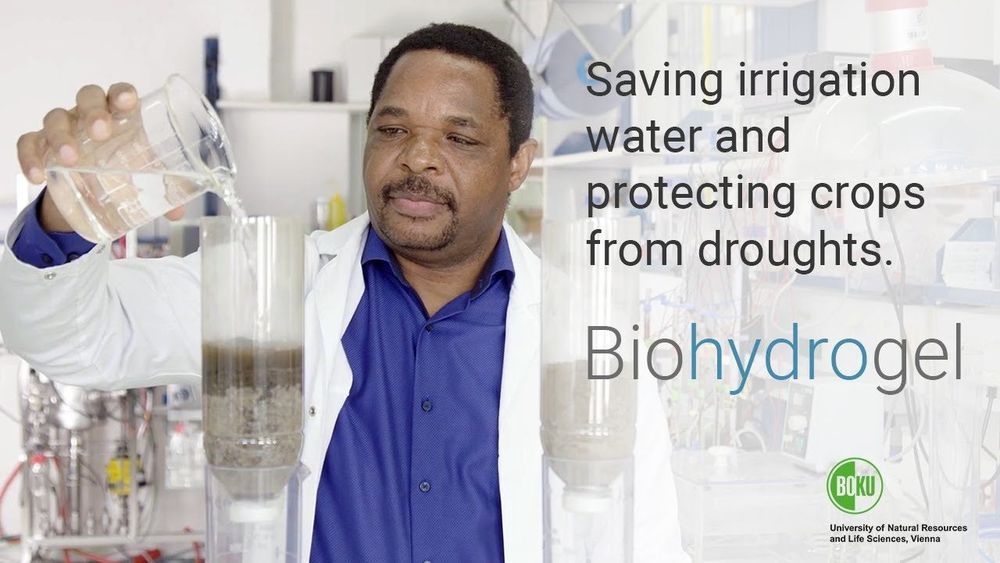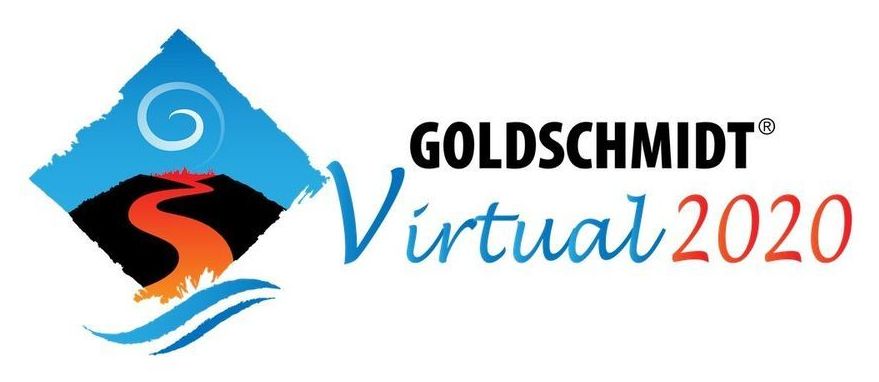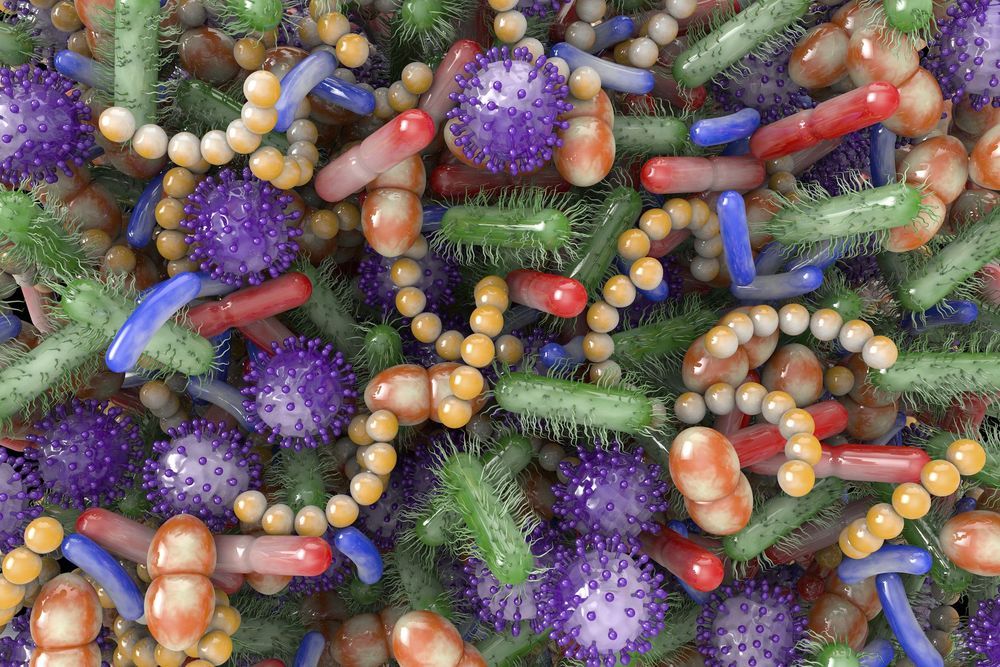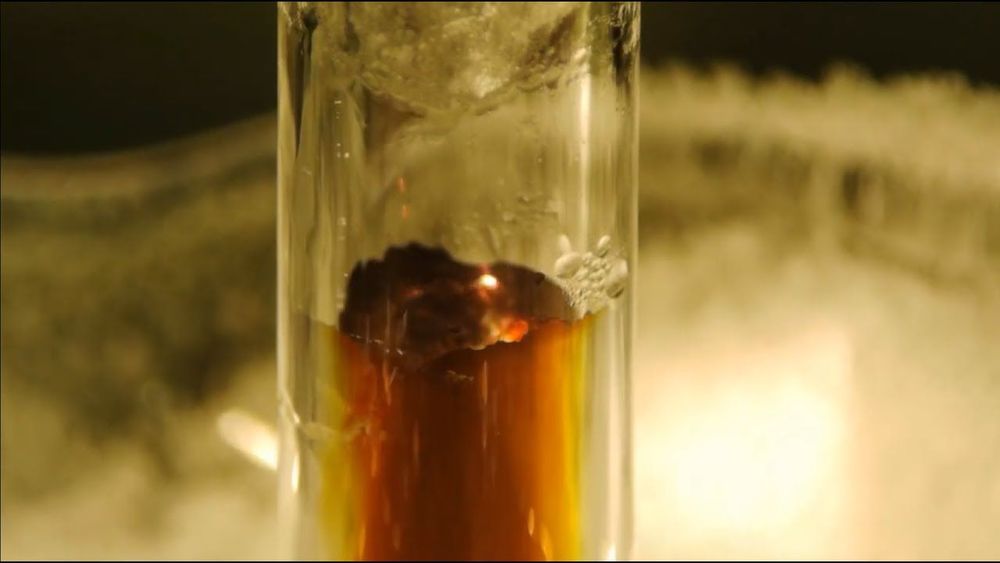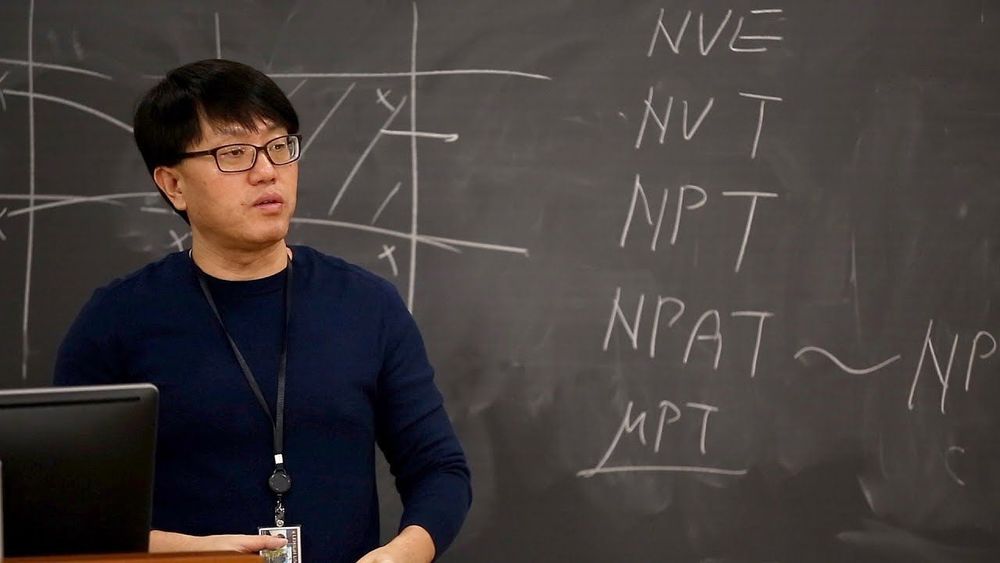Jul 2, 2020
Fastest Laser Blast — 67 Quintillionths of a Second
Posted by Quinn Sena in categories: chemistry, particle physics, quantum physics
face_with_colon_three Circa 2012
Scientists have been able to generate the world’s fastest laser pulse with a beam shot for 67 attoseconds (0.000000000000000067 seconds). This breaks the previous record of 80 attoseconds that was established in 2008. This could help engineers see extremely rapid quantum mechanical processes, like the movements of electrons during chemical reactions.
The researchers published their findings in the journal Optics Letters. This will allow the study of electron motions with attosecond pulses. The blast was obtained by sending pulses from a titanium-sapphire near-infrared laser through a system known as double optical gating (DOG) in which the gate concentrates the energy of extreme ultraviolet light pulses and focuses them on a cell filled with neon gas.
